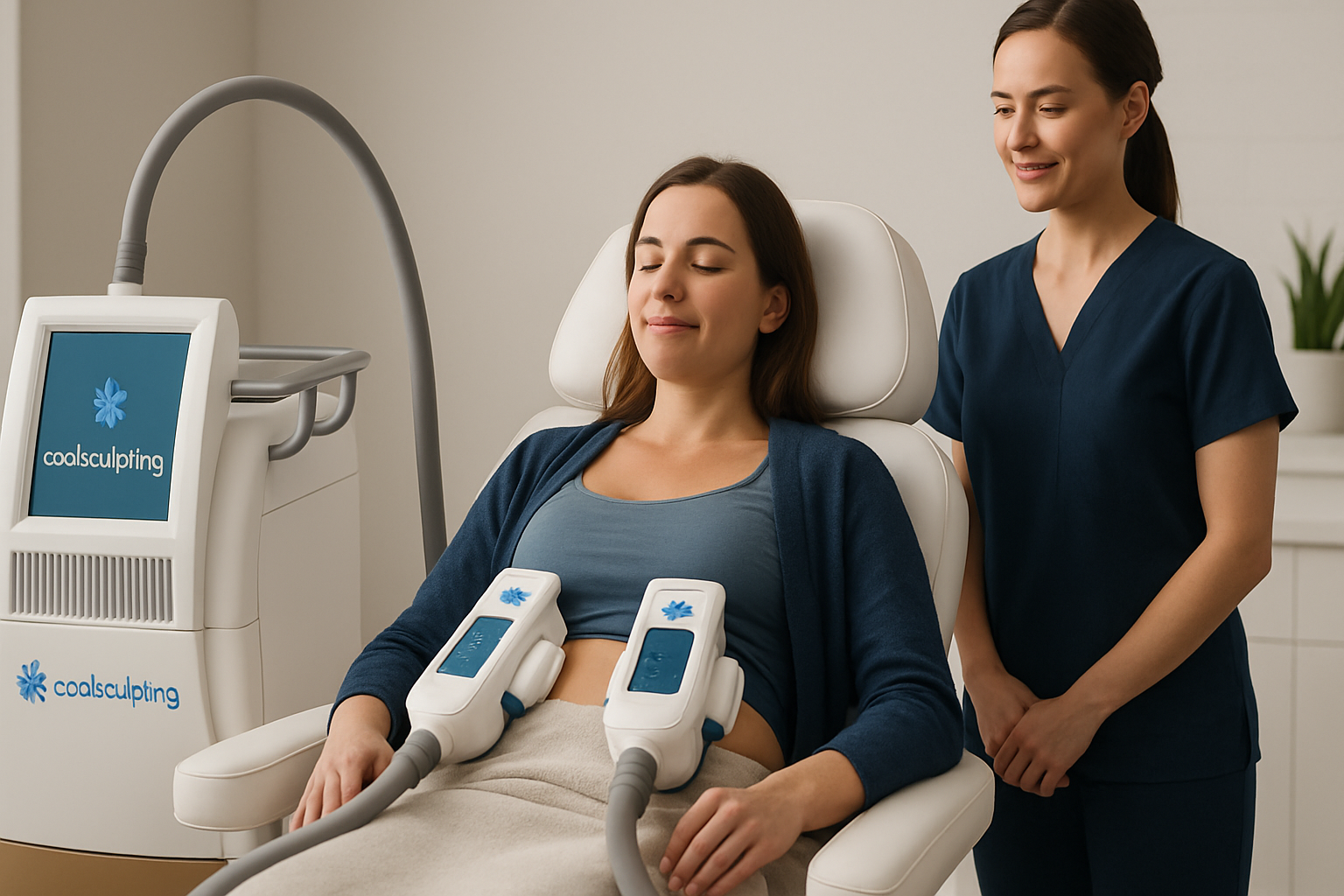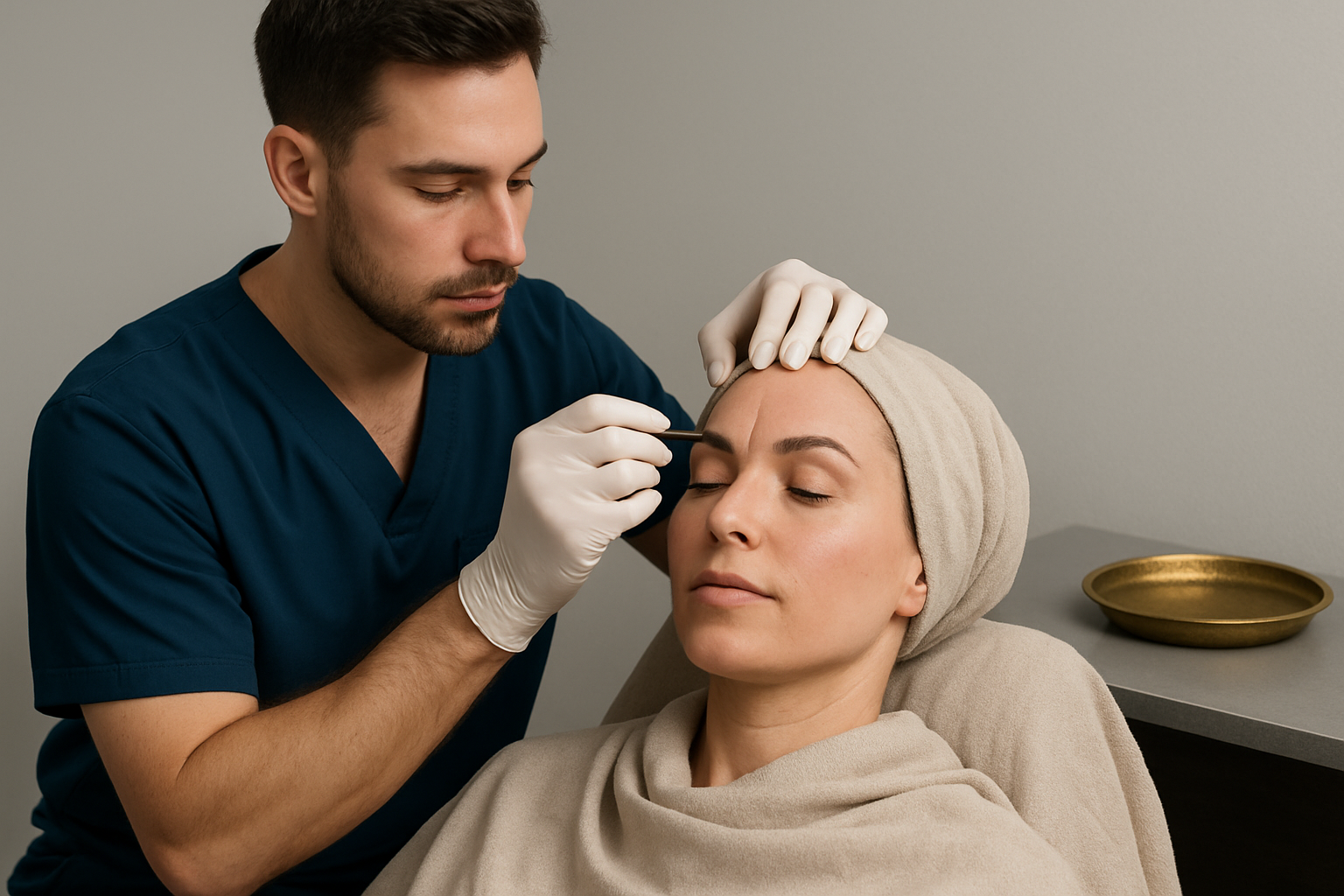Your skin is in a constant state of renewal, shedding old cells and making way for fresh ones—a process known as cell turnover. As we age, this natural rhythm slows, leading to dullness, uneven texture, and visible signs of aging. The good news? Professional peels and advanced skincare can boost this process, restoring vibrancy and health to your skin. Understanding the science behind cell turnover helps you make smarter choices about treatments and products that truly work.
Jump To:
TLDR – Quick Guide
- Cell turnover is the skin’s natural renewal cycle.
- Slower turnover = dullness, clogged pores, fine lines.
- Professional peels accelerate exfoliation for quicker results.
- Skincare routines (like retinoids, exfoliants, hydration) maintain improvements.
- Combining peels + skincare = smoother, brighter, more youthful skin.
The Science of Cell Turnover
Cell turnover is the process where dead skin cells are shed and replaced by younger ones from deeper layers. In younger skin, this cycle takes about 28 days. As we age, it can stretch to 40–60 days, which contributes to fine lines, rough texture, and loss of radiance. Factors like sun damage, stress, hormones, and lifestyle can further slow the process. Supporting turnover is key to healthy, glowing skin.
Professional Peels: A Deeper Reset
Chemical peels use controlled solutions—such as glycolic, lactic, or salicylic acid—to exfoliate skin layers and stimulate new growth. They speed up the cell turnover cycle by removing built-up dead cells and encouraging collagen production. Professional peels range from light, lunchtime peels to deeper treatments that tackle stubborn pigmentation, acne scars, and wrinkles. When administered by a trained provider, they are safe, customizable, and highly effective.
Skincare at Home: Extending the Benefits
Daily skincare bridges the gap between treatments. Ingredients like retinoids, AHAs, BHAs, and vitamin C keep cell turnover active, protect from environmental damage, and maintain the results of professional peels. Hydrating products, antioxidants, and sunscreen are equally important—they protect new skin cells and prolong the youthful glow achieved in the clinic. Skincare is not a substitute for professional treatments, but together, they create synergy for long-term results.
The Synergy of Peels + Skincare
Think of professional peels as the “reset button” and skincare as the “maintenance plan.” A peel delivers noticeable improvements in texture, clarity, and tone, while consistent at-home care ensures those results last. Together, they form a holistic strategy for vibrant, youthful skin. Whether you want to target acne, pigmentation, or early signs of aging, combining professional care with a personalized skincare regimen is the key to sustained results.
Key Takeaways
- Cell turnover slows with age, leading to dullness and uneven skin.
- Professional peels accelerate exfoliation and collagen production.
- At-home skincare sustains results and prevents buildup of dead cells.
- The combination of both is the most effective way to achieve radiant, healthy skin.
- Always consult with licensed professionals to choose treatments that match your needs.
FAQs
What is cell turnover and why is it important?
Cell turnover is the process by which the skin sheds old cells and replaces them with fresh ones. This keeps skin smooth, clear, and youthful-looking. A slower cycle means buildup of dead cells, causing dullness, clogged pores, and visible aging.
How often should I get a professional peel?
The frequency depends on your skin type, concerns, and the strength of the peel. Light peels may be done monthly, while deeper ones require longer recovery and spacing. Your provider will create a schedule tailored to your goals.
Can skincare products alone improve cell turnover?
Yes, ingredients like retinoids, AHAs, and vitamin C can speed up renewal and improve texture. However, results are gradual and often less dramatic than professional treatments. Combining products with occasional peels offers the best long-term benefits.
Are professional peels safe for all skin types?
Most skin types can benefit from peels, but strength and formulation matter. Sensitive or darker skin tones may require specialized peels to reduce the risk of irritation or hyperpigmentation. Always consult a licensed professional before beginning.
Will results from peels and skincare last permanently?
Cell turnover is an ongoing process, so results are not permanent without maintenance. Professional peels create a strong reset, but continued skincare is essential to sustain improvements. Regular treatments plus daily care maximize longevity.




